Principles of tracking - essential skills required to make a good tracker
1.
Fitness - mental and physical stamina
A tracker is often required to be up-front and in the first line of fire. In order to do this time and time again, he must possess both mental and physical stamina. The enemy will always be some distance ahead and it is essential to make up this time and close the gap; the faster the gap is closed the quicker the enemy is engaged so peak physical fitness is vital.
2.
Unusually keen eyesight and attention to detail
A good tracker usually has very good eyesight and picks up small details that the normal person might overlook. He notices things that are unusual to the situation – a broken twig, a piece of bent grass etc. Eyes have muscles and like other muscles in the body need constant exercise to achieve ultimate performance.
3.
Common sense and good judgement
A tracker must show good common sense and judgment as he moves along the tracks. For example, by reading the lay of the land a tracker may anticipate a dry stream up ahead, so could move forward quickly and relocate the tracks which might save valuable time in closing with the enemy. On the other hand if the tracks appear to be slowing down he may want to speak to the controller and check out the area ahead to avoid ambush and so on.
4.
Patience
Patience is extremely important as the enemy often employs anti-tracking techniques to confuse the tracker. An impatient tracker or soldier can easily ruin a follow-up very quickly if he cannot at times slow things down in order to read and appreciate the signs ahead. A ‘gung-ho, go-get-em’ type will inevitably ruin a good follow-up. Relocating lost spoor is a slow, methodical and deliberate process which can be very frustrating and annoying to an aggressive leader. Remember the old saying, “Slowly, slowly catch a monkey.” How true this is especially in tracking. Patience, displayed by both trackers, command and control alike, are prerequisites to successful tracking operations.
5.
Aggression and motivation
By its very definition, tracking means aggressive and meaningful pursuit. Its very success depends on the ability to pursue, close with and destroy the enemy. A follow-up has a beginning, a middle and an end, and the end must be pursuant with your goals. The point is that without an aggressive spirit, the tracker may as well pack up and go home. As far as a good tracker is concerned, motivation must be a driving force that sees no barrier to operational success. The strange thing about tracking is that better results are always attained by better-motivated people.
6.
Good working knowledge of conditions and terrain
An attribute of a good tracker is being able to fit into the terrain in which he is operating. Ahead of time a tracker should familiarize himself with the lay of the land, know where the main water-points are, the distribution of roads in the area, the type of terrain, wooded, open, populated with game, humans and so on. If a tracker is flown into a new and strange surrounding he must find out about the area before tackling the task. A local tribesman, for example, may be a useful addition to the follow-up group if he is sympathetic and friendly. The lesson here is simple: trackers must have a complete and accurate knowledge of the area they are expected to operate in. In his book The Neutral Jungle, Spencer Chapman wrote, “The jungle may be neutral, but it will certainly assist the tracker and give him a definite edge if he is able to manipulate the environment to his advantage.”
7.
Stealth
Being able to move silently is what keeps you alive and a good tracker should be able to move quietly through the bush, gliding along without making much noise, using silent signals to communicate with his group of men. These signals should be practised until all the members fully understand the language, at least enough to communicate all the situations and reactions they are likely to be confronted with on a follow-up. A tracker’s kit and equipment needs to be designed and adjusted for the task: good footwear in the form of lightweight boots are essential as hard sled shoes crunch on leaves and twigs; water-bottles must be full so as not to make a sloshing noise; webbing snug and well fitting so as not to hamper the tracker if he suddenly has to run, dive, roll etc. All these things must be considered.
8.
Tactical awareness
Always be alert. Know your enemy and know yourself. By this I mean appreciate your own capabilities, work on your weaknesses and understand the enemy you are hunting and tracking. The essential elements of trust, training, tactics and testing go a long way in attaining full tactical awareness which will enable you to do the right thing in the right place at the right time with the right tactics, to the right people, with the right effect, for the right reason. Remember, ‘Know your enemy, know yourself.’




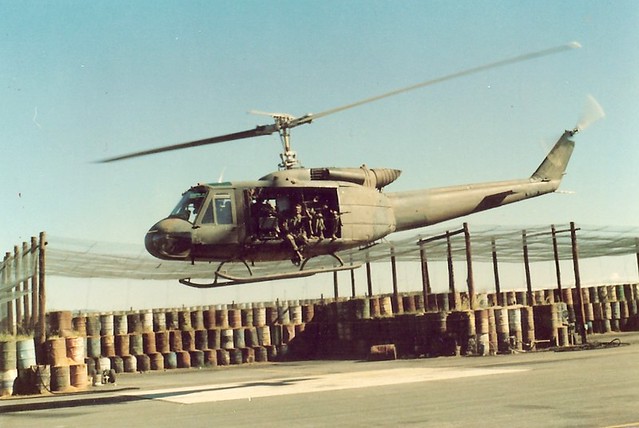
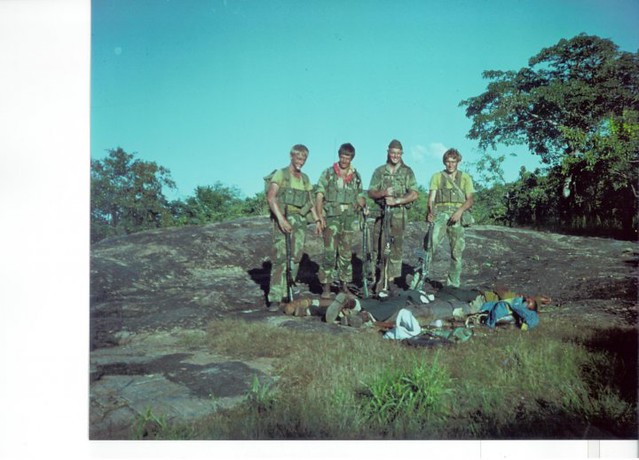



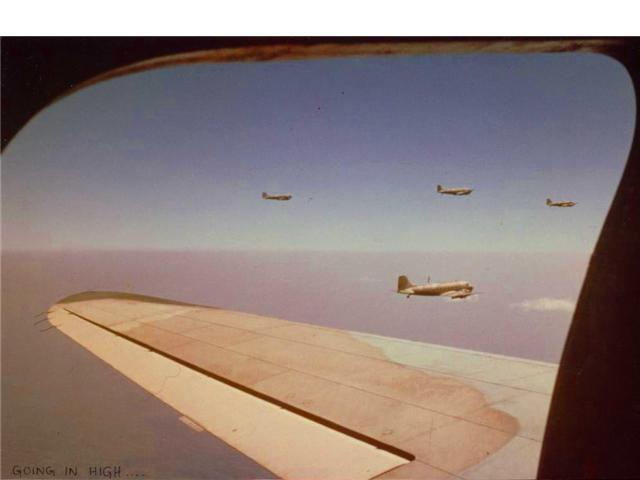

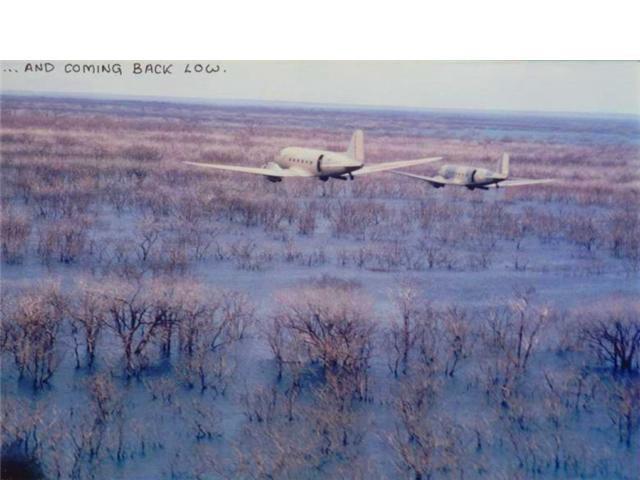


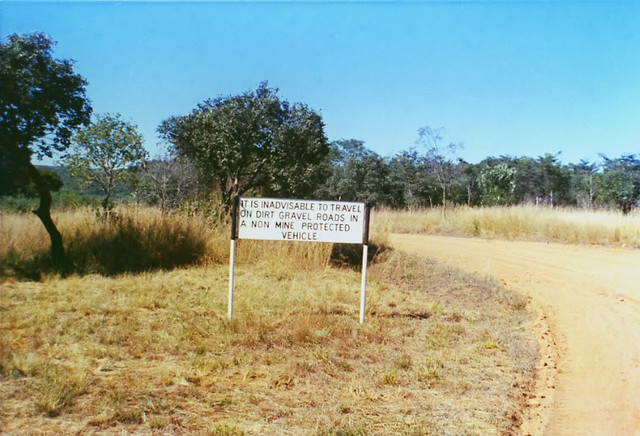

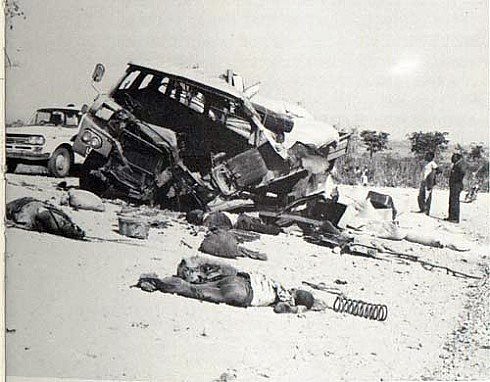

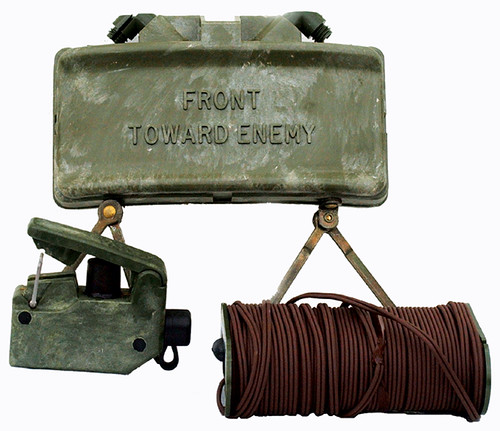
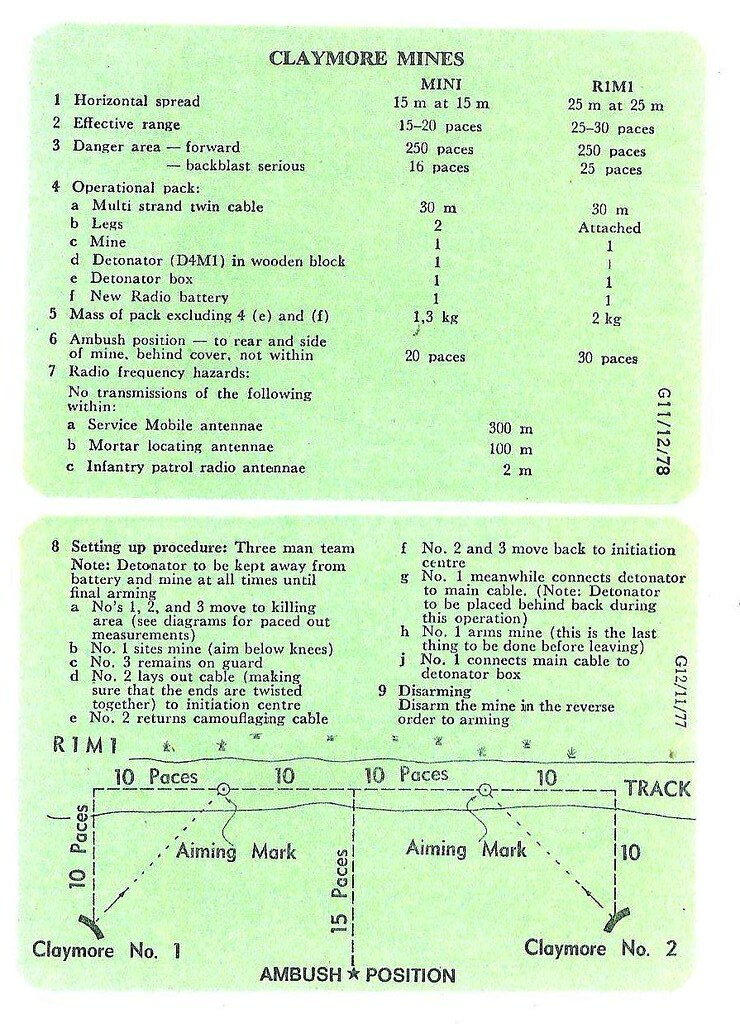
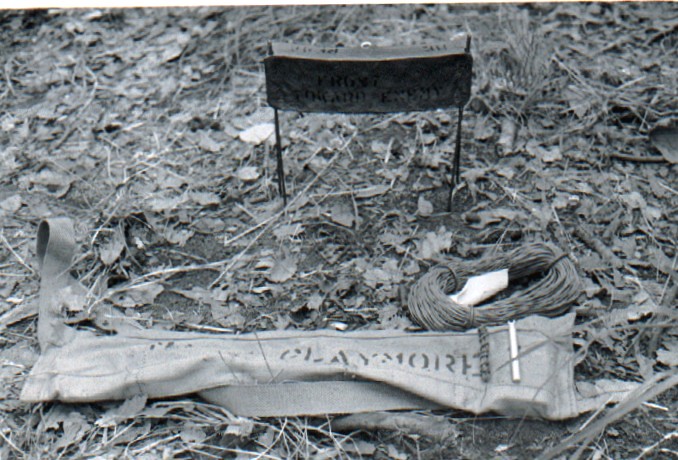

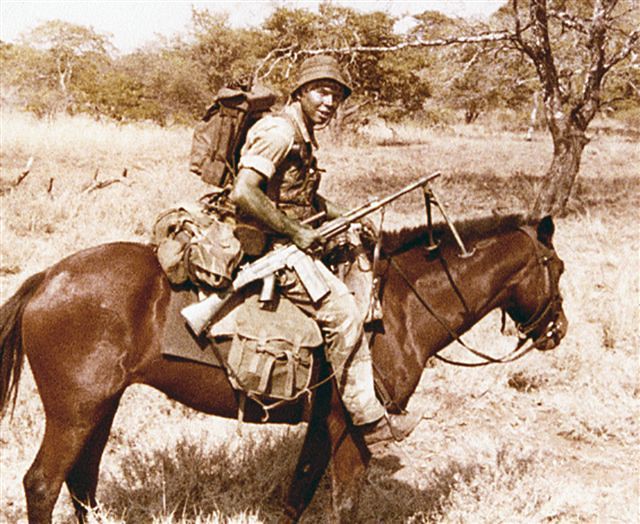
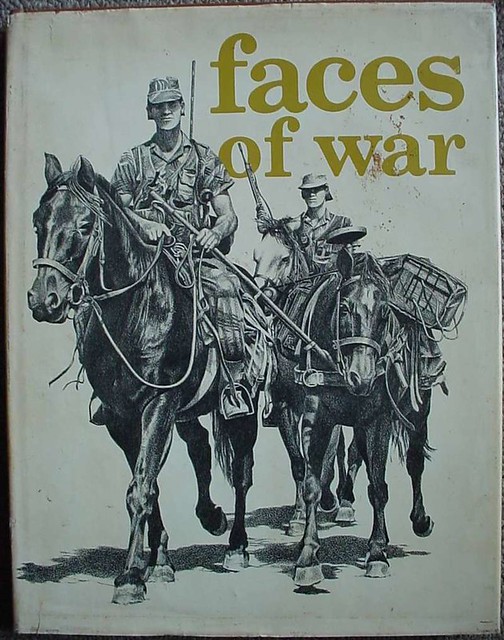


Bookmarks